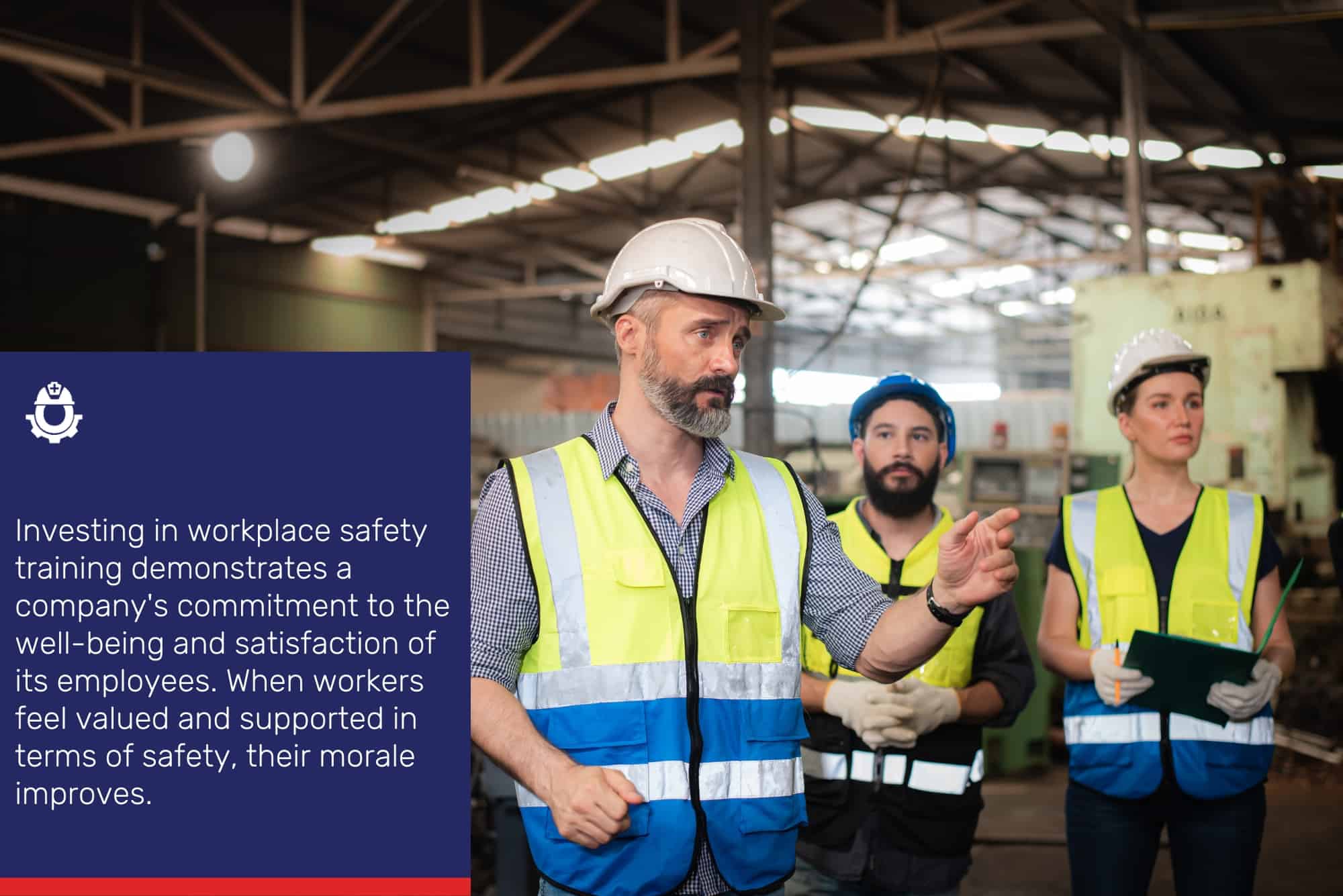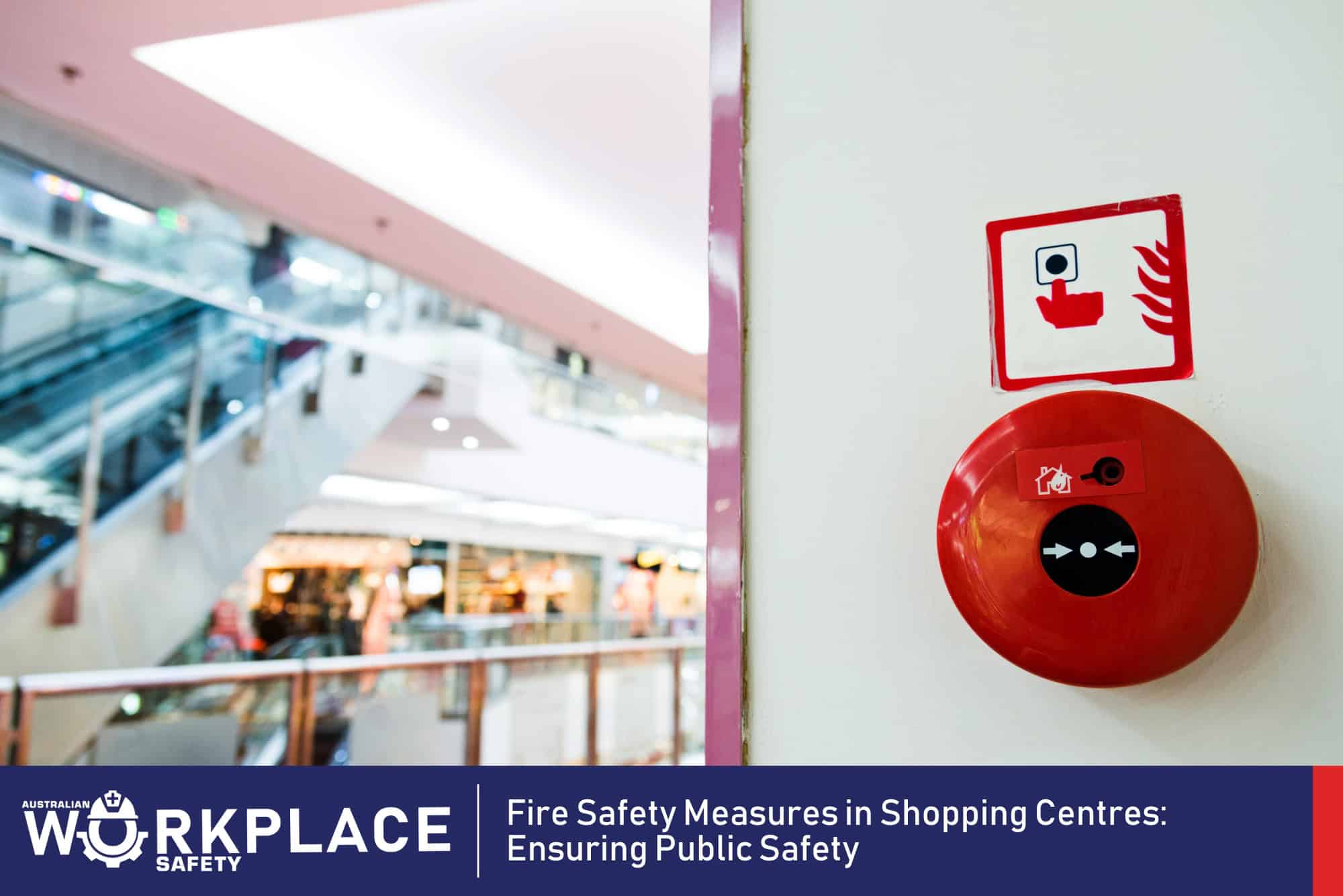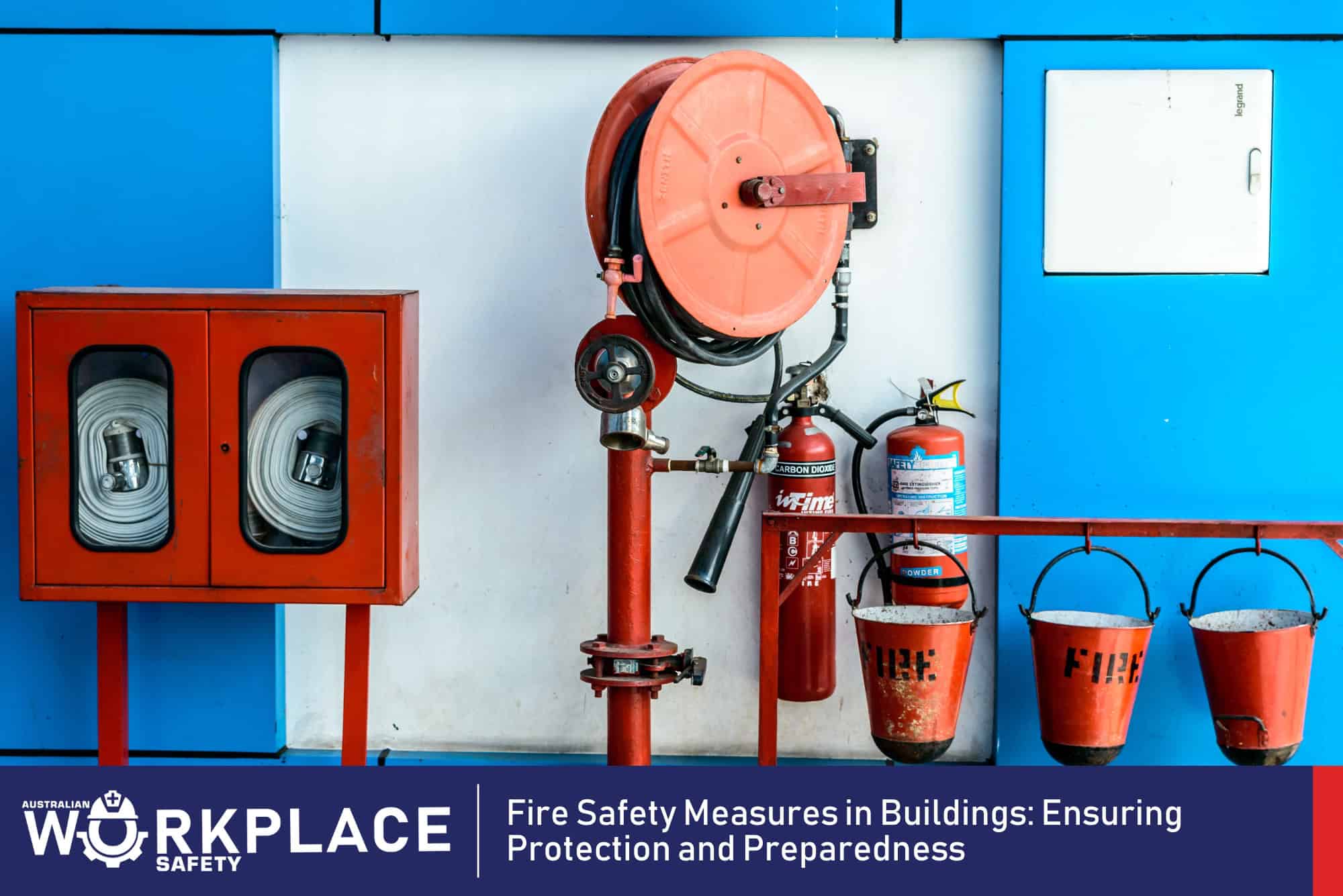Investing in workplace safety training is a proactive approach that pays off in numerous ways. Not only does it protect employees from potential hazards and accidents, but it also yields substantial benefits for businesses. In this blog, we will explore the advantages of investing in workplace safety training and how it contributes to the overall success of organisations.
Enhanced employee safety
The primary objective of workplace safety training is to protect employees from harm. By providing comprehensive training on safety protocols, hazard recognition, and proper equipment handling, organisations empower their workforce to identify and mitigate risks effectively. Well-trained employees are equipped with the knowledge and skills to create a safer work environment, reducing the likelihood of accidents and injuries.
Reduced workplace accidents and costs
Investing in workplace safety training can significantly reduce workplace accidents and their associated costs. Effective training programs raise awareness about potential hazards, teach employees how to handle equipment safely, and promote adherence to safety protocols. As a result, the number of accidents, injuries, and workers’ compensation claims decreases, leading to substantial cost savings for businesses.
Increased productivity
A safe work environment fosters increased productivity among employees. When workers feel secure and confident in their surroundings, they can focus more on their tasks and perform them efficiently. Safety training not only reduces the occurrence of workplace accidents but also helps employees develop a safety mindset and become more engaged in their work. This, in turn, leads to improved productivity and higher quality outputs.

Improved employee morale and retention
Investing in workplace safety training demonstrates a company’s commitment to the well-being and satisfaction of its employees. When workers feel valued and supported in terms of safety, their morale improves. This positive atmosphere promotes higher job satisfaction, leading to increased employee retention rates. Employees are more likely to stay with organisations that prioritise their safety, resulting in reduced turnover and the associated costs of hiring and training new staff.
Compliance with legal and regulatory requirements
Workplace safety training ensures that businesses comply with legal and regulatory requirements imposed by authorities. Failure to meet these obligations can result in legal consequences, penalties, and damage to the company’s reputation. By investing in comprehensive safety training, organisations stay up to date with the latest safety standards, maintain compliance, and protect themselves from potential legal liabilities.
Enhanced company reputation
A strong commitment to workplace safety enhances a company’s reputation both internally and externally. Employees appreciate organisations that prioritise their well-being, which improves job satisfaction and fosters positive relationships. Externally, customers, clients, and business partners perceive safety-conscious organisations as reliable and trustworthy. A positive reputation can lead to increased business opportunities, improved customer loyalty, and a competitive advantage in the marketplace.
Better emergency preparedness
Workplace safety training often includes emergency preparedness training, equipping employees with the knowledge and skills to respond effectively to crises. In the event of a fire, natural disaster, or medical emergency, trained employees can take prompt and appropriate action, potentially saving lives and minimising property damage. Preparedness training contributes to a safer workplace and ensures a swift and efficient response during critical situations.

The advantages of investing in quality workplace training
Investing in workplace safety training yields numerous benefits for businesses, employees, and stakeholders. Enhanced employee safety, reduced accidents and costs, increased productivity, improved morale and retention, compliance with legal requirements, an enhanced company reputation, and better emergency preparedness are among the advantages that organisations can enjoy. By prioritising safety and providing comprehensive training programs, companies create a secure work environment that fosters employee well-being, drives operational efficiency, and positions them as responsible and reputable industry leaders.
Disclaimer: The information provided in this blog is intended for general informational purposes only. The safety practices outlined are based on general principles and may not address specific workplace conditions or legal requirements. It is important for employers and employees to consult with relevant occupational health and safety authorities, legal professionals, and industry-specific guidelines to ensure compliance with applicable laws and regulations. Every workplace is unique, and safety practices should be tailored to specific circumstances and risks. The author and publisher of this blog are not liable for any damages or losses that may arise from the use or implementation of the information provided.





